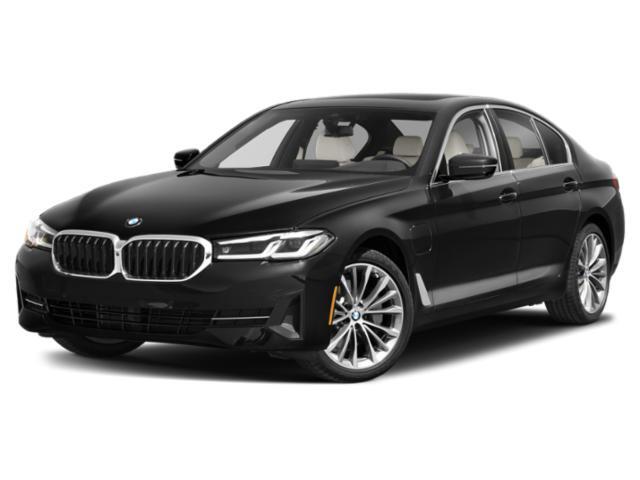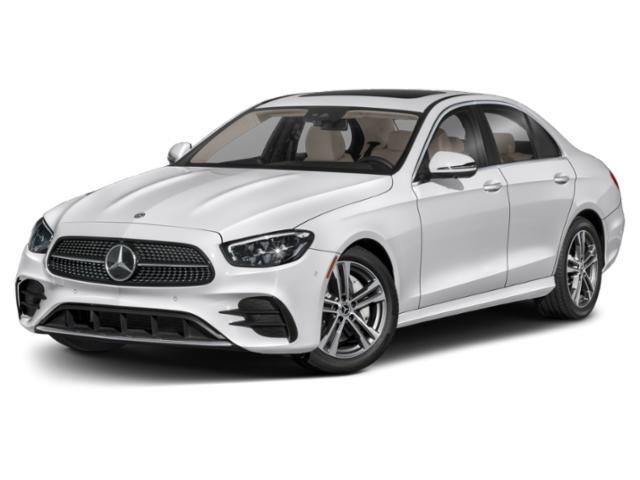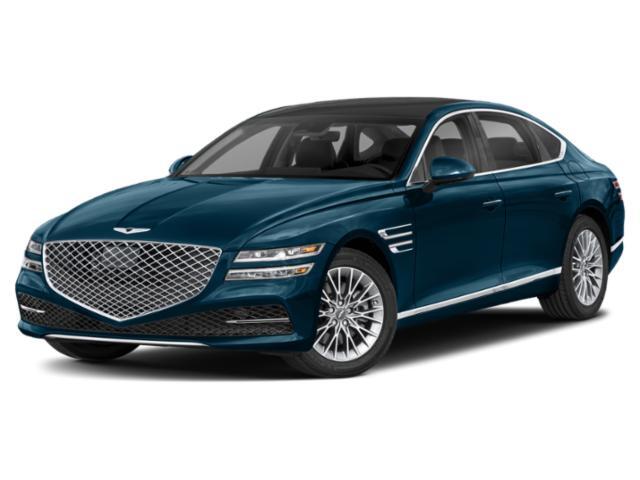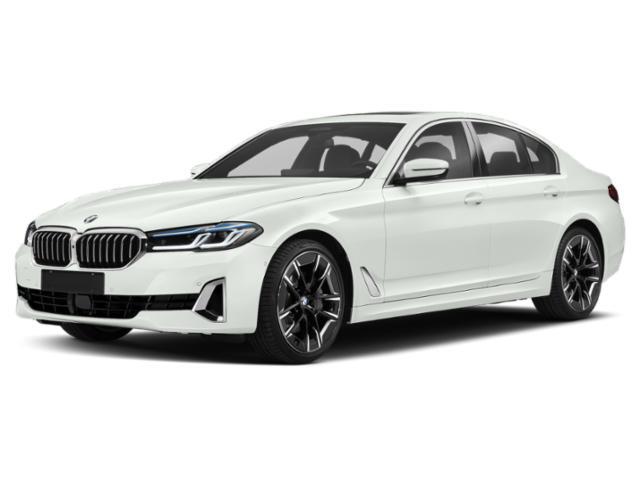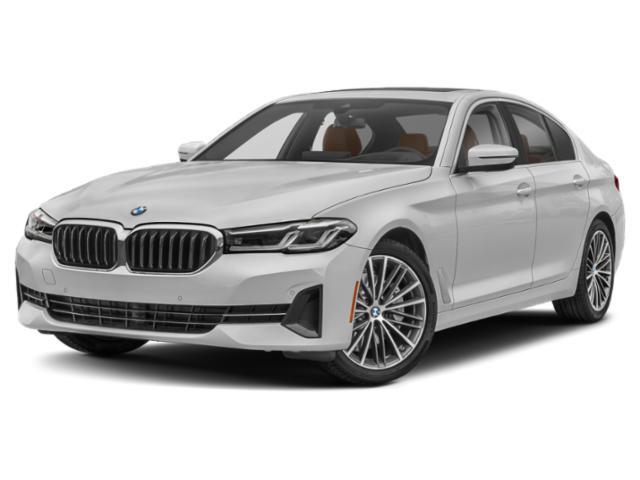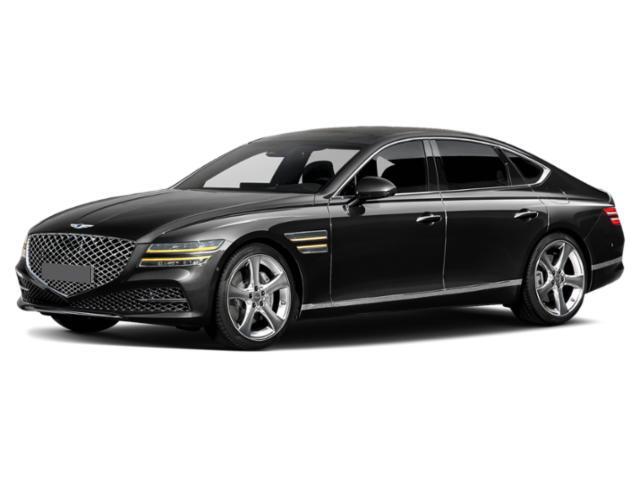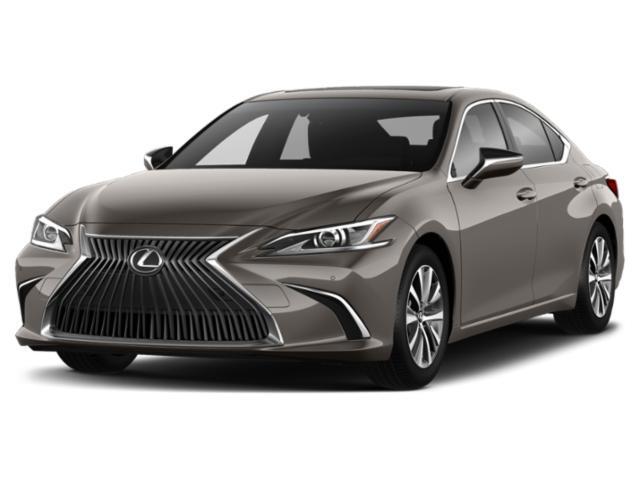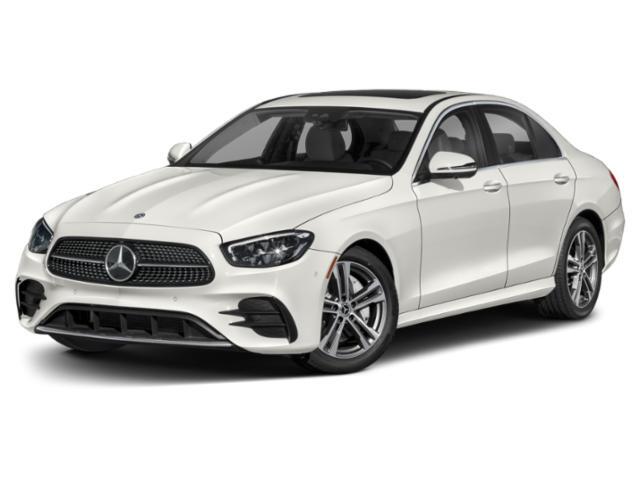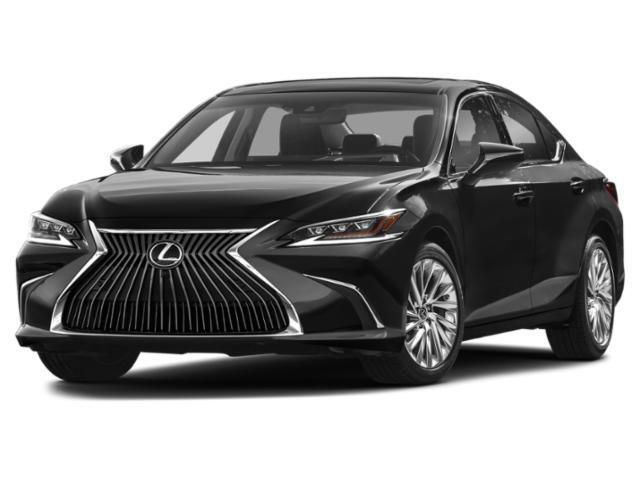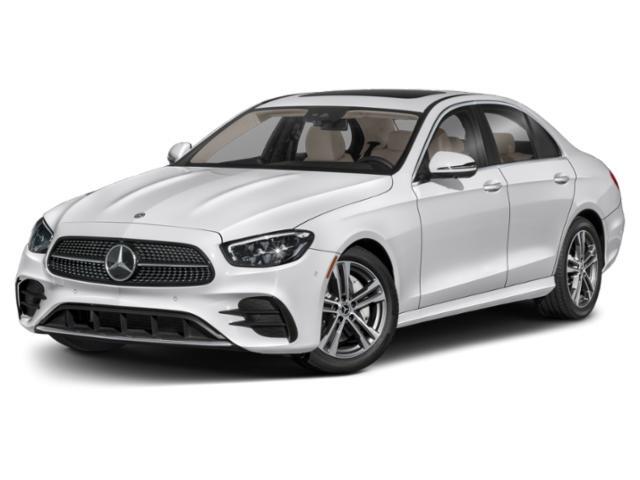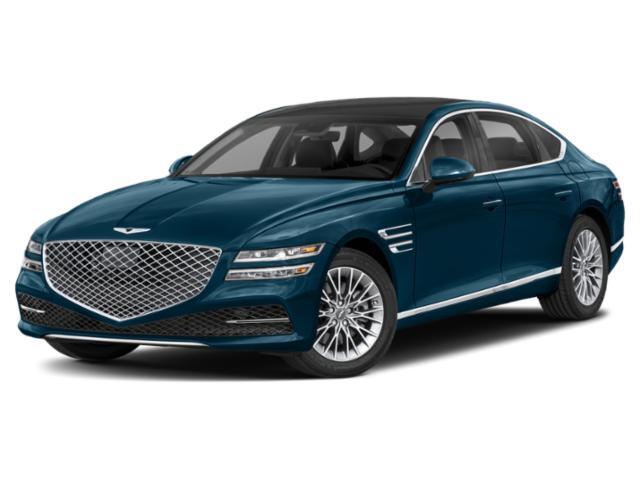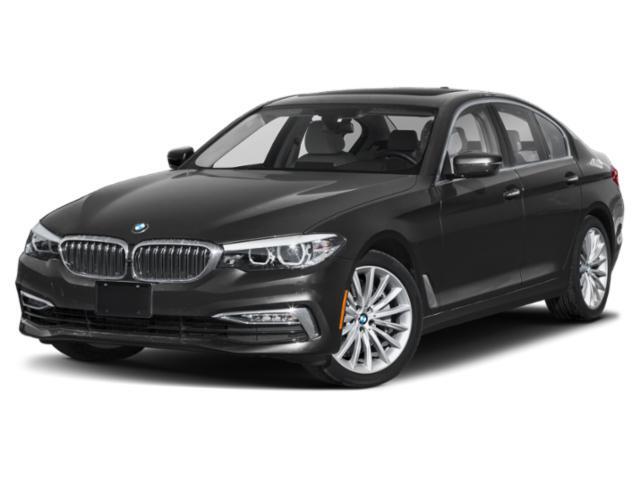
2022 Lexus ES

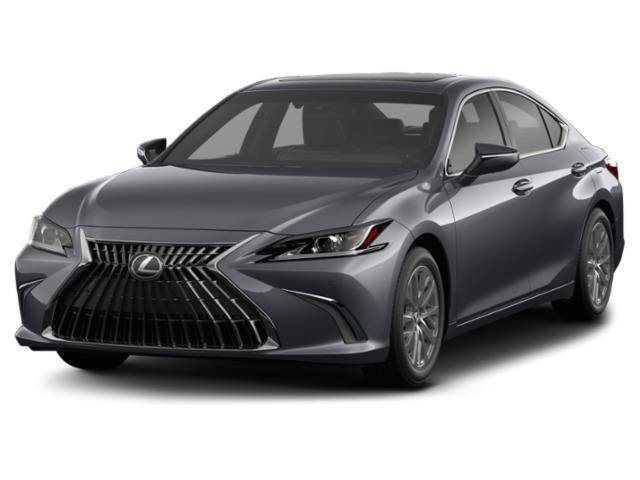
Key Specifications for 2022 Lexus ES






Buyer’s Guide
History/Overview
The Lexus ES was one of the Toyota luxury brand’s first offerings when it
arrived in Canada more than 30 years ago. This mid-size upscale sedan is now in its seventh generation (introduced in 2019) and remains heavily based on the Toyota Camry family car.
What’s New/Key Changes From Last Year
For 2022, Lexus has updated the ES’s infotainment display by moving it closer to the driver and passenger and adding touchscreen capability. The rest of the dash has been refreshed, too, and the headlights are new. Finally, the 2022 ES gets the Lexus Safety System 2.5+, which adds new features like intersection turning assist and refines existing functions.
Available Trims
Lexus offers this car in ES 250, ES 350 and ES 300h models, each with a distinct powertrain. ES 250 uses a 2.5L four-cylinder engine and standard AWD; ES 350 gets a 3.5L V6 and FWD; and ES 300h is a gas-electric hybrid that matches a four-cylinder engine to a battery-fed motor with FWD. Gas-powered ES models use an eight-speed transmission, while the ES 300h gets a continuously variable automatic.
Standard Features
ES 250 comes with passive keyless entry, remote engine start, 10-speaker audio, an 8.0-inch touchscreen, heated/ventilated front seats with power adjustments, NuLuxe upholstery, dual-zone A/C, auto-dimming rearview mirror, 17-inch alloy wheels, a sunroof, and LED headlights.
ES 350 and ES 300h add parking assist, wireless phone charging, navigation, a 12.3-inch touchscreen, heated steering wheel with power adjustments and wood trim, power-folding side mirrors, rain-sensing wipers, and a wiper de-icer.
All ES models include blind spot monitoring, rear cross-traffic alert, automatic high beams, forward collision avoidance with pedestrian/cyclist detection, lane tracing assist, lane departure alert, front-to-front collision detection, left-turn intersection assist, and radar cruise control.
Key Options
In ES 250, a premium package adds a 12.3-inch touchscreen, power-folding mirrors, park assist, rain-sensing wipers, heated steering wheel, wireless charging, navigation, wiper de-icer, power steering wheel, wood door/steering wheel trim, and a leather/wood-trimmed console box.
ES 350 offers an F Sport 2 package with adaptive headlights, adaptive suspension, 17-speaker audio, 19-inch wheels, and a head-up display. An ultra luxury package brings adaptive headlights, 17-speaker stereo, and a head-up display, and also includes 18-inch wheels, 360-degree views, panoramic sunroof, ambient lighting, semi-aniline leather, hands-free trunk, rear sun shades, rear pedestrian detection, and a driver’s seat power cushion extension.
The ES 300h also offers the ultra luxury package, as well as a simpler luxury pack of adaptive headlights, 18-inch wheels, upgraded leather, rear-window sun shade, and cushion extension.
Fuel Economy
Lexus’s fuel consumption estimates start with the ES 300h, at 5.5/5.2 L/100 km (city/highway). Next is the ES 250 with ratings of 9.5/7.0 L/100 km. ES 350 models are ranked 10.7/7.3 L/100 km, and the F Sport package adds 0.2 L/100 km to both figures.
Competition
The ES’s closest analogs in the luxury car marketplace are cars like the BMW 5 Series, Audi A6, Mercedes-Benz E-Class, and Volvo S60, all of which promise a more engaging driving experience.
Review & Compare:
Photos

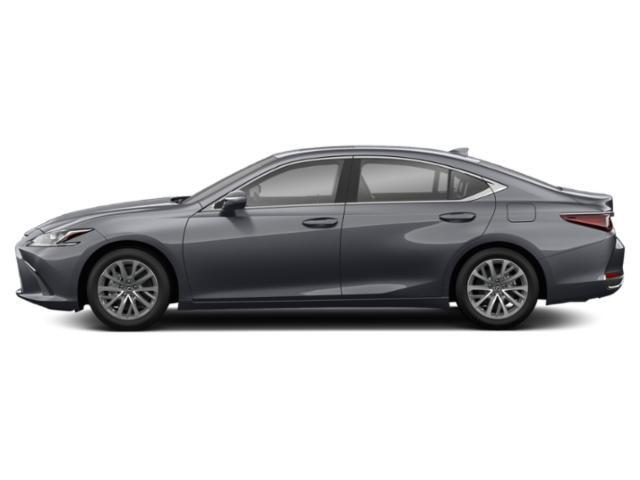
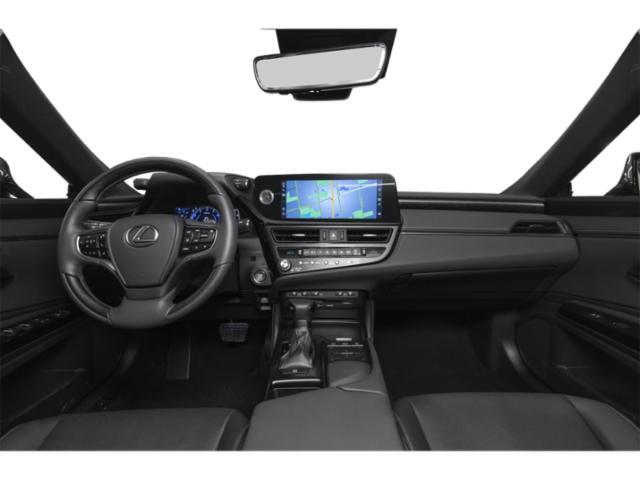
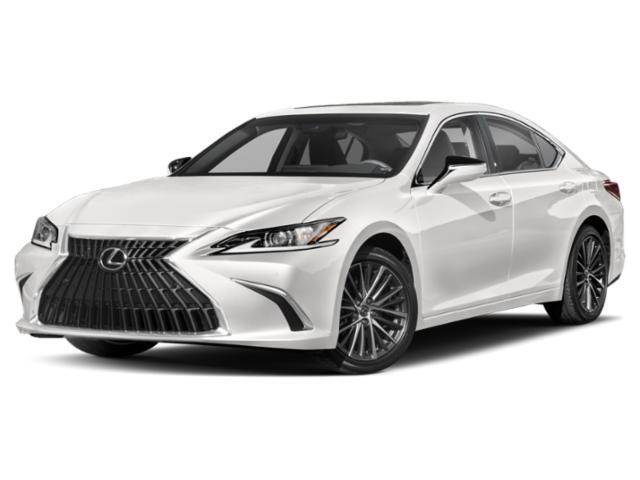
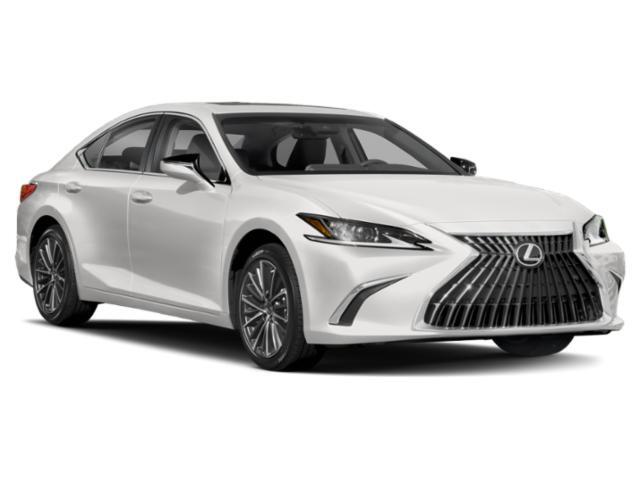
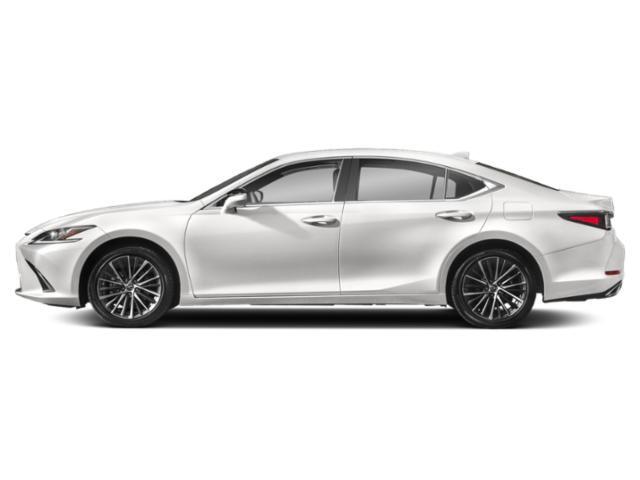
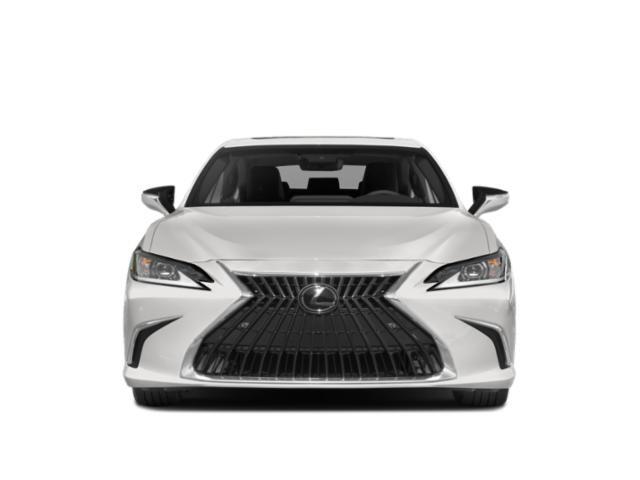
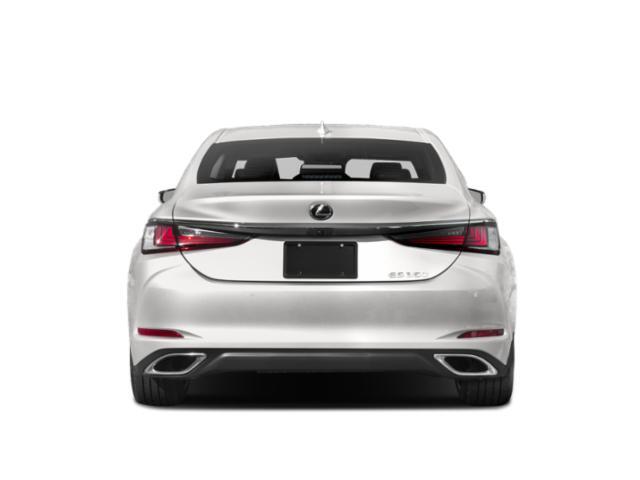
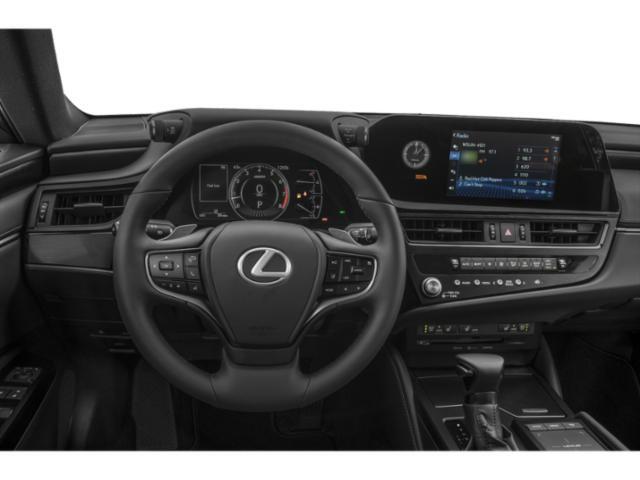
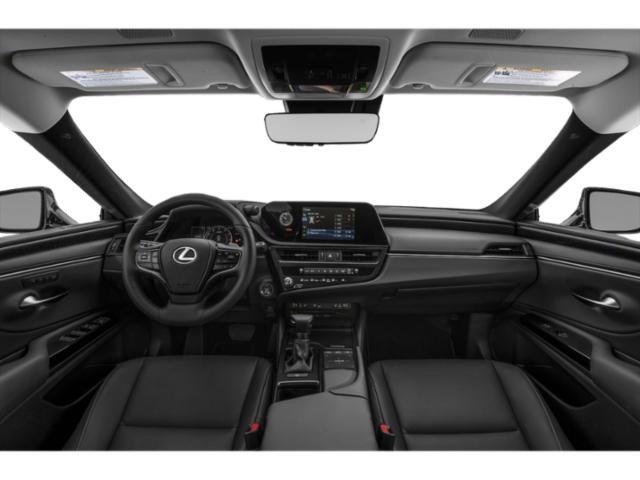
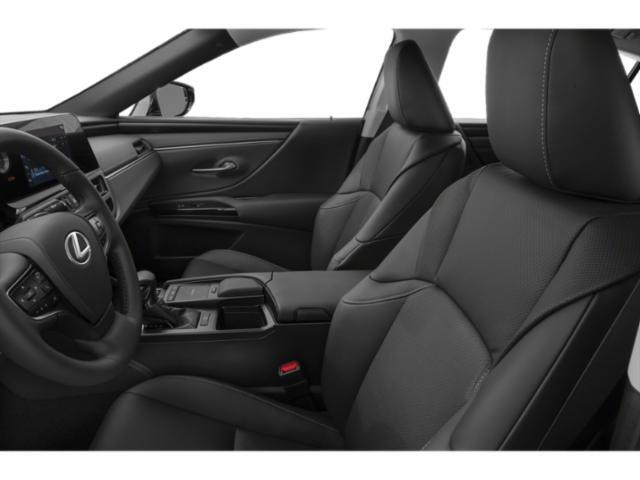
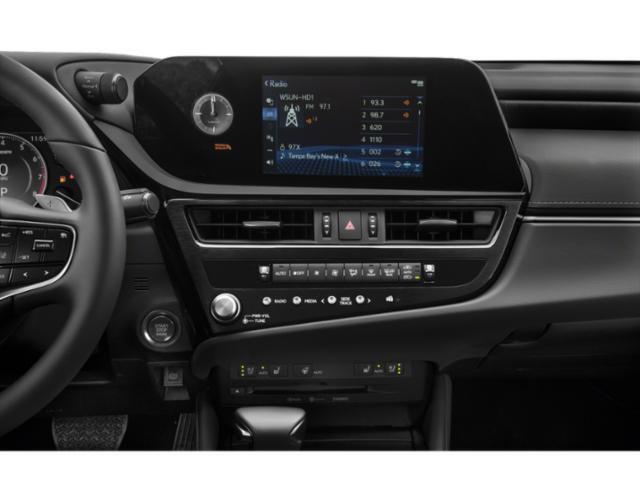
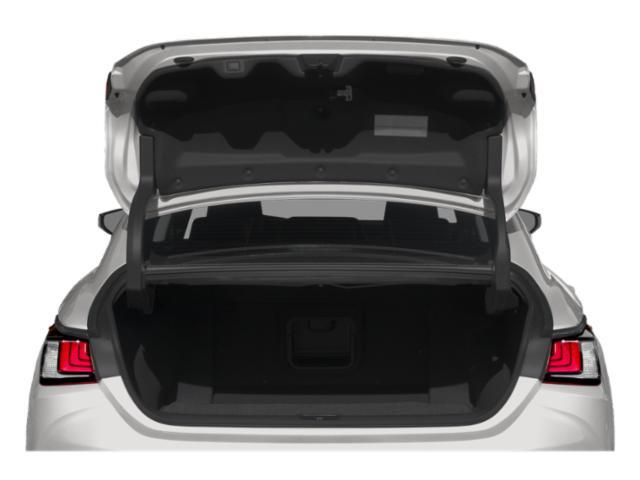
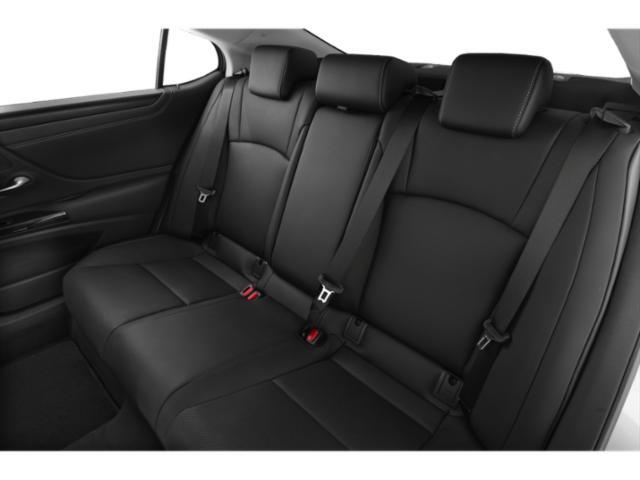
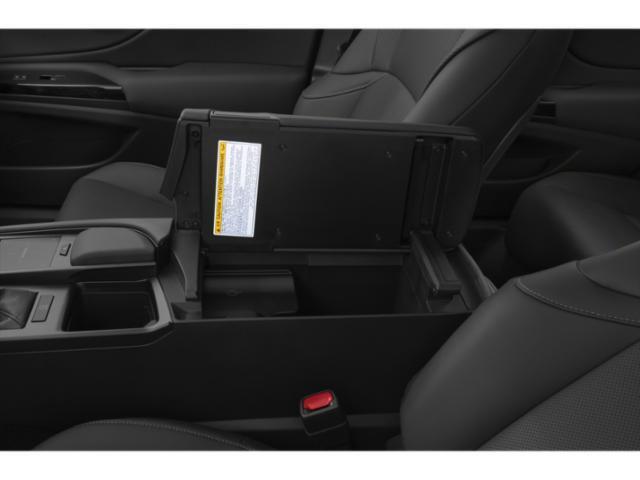
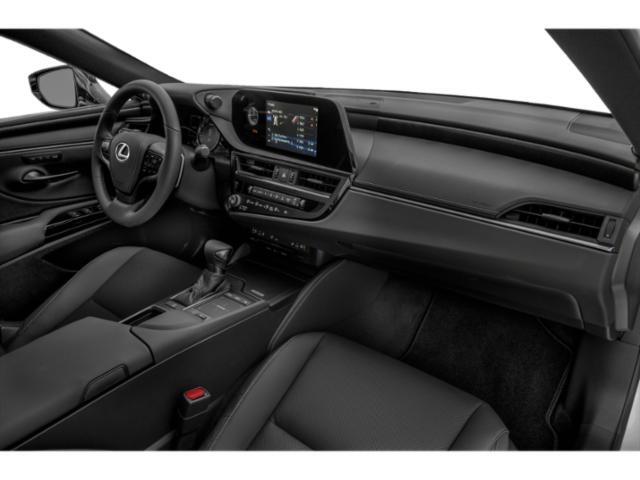
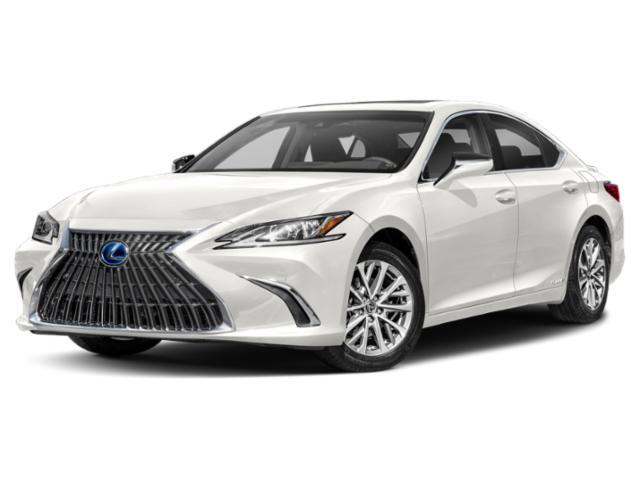
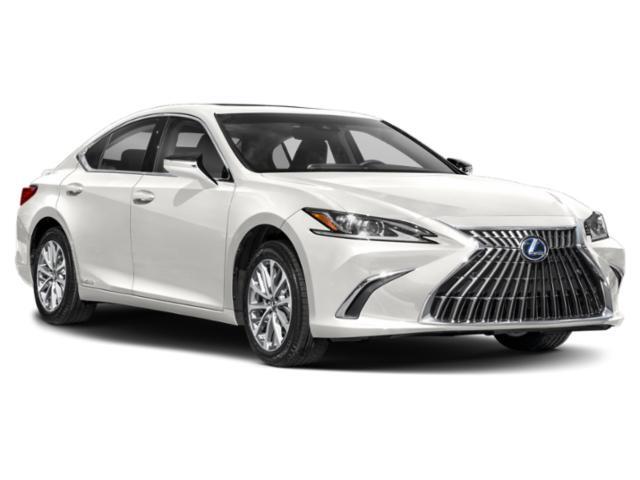
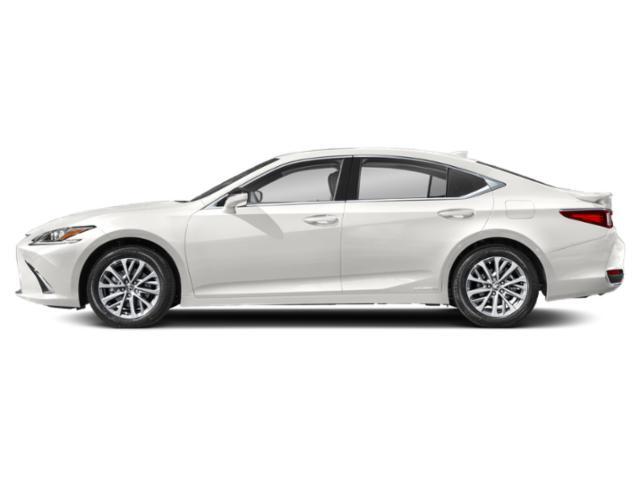
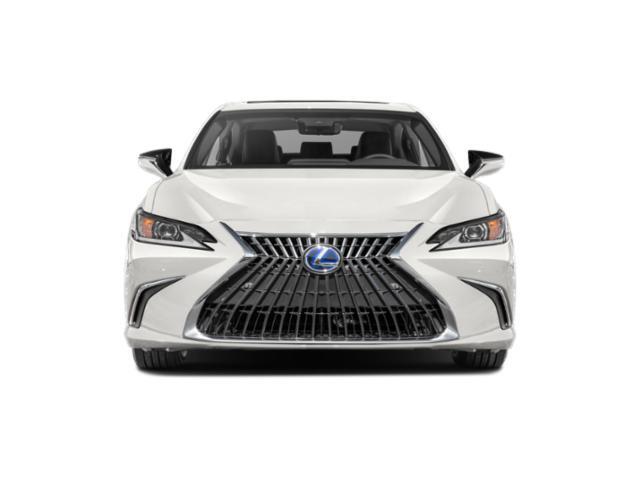
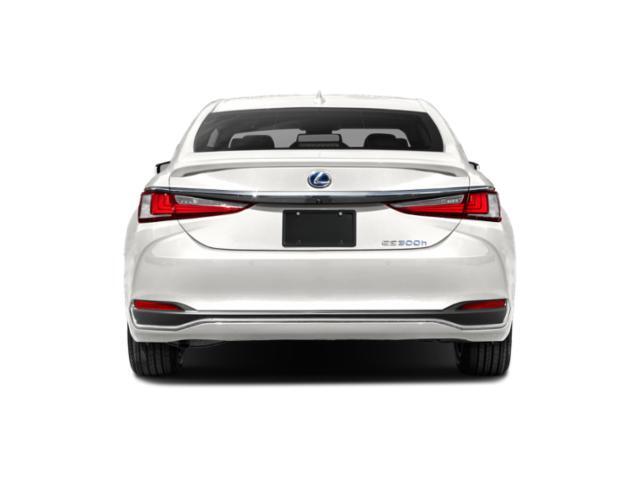
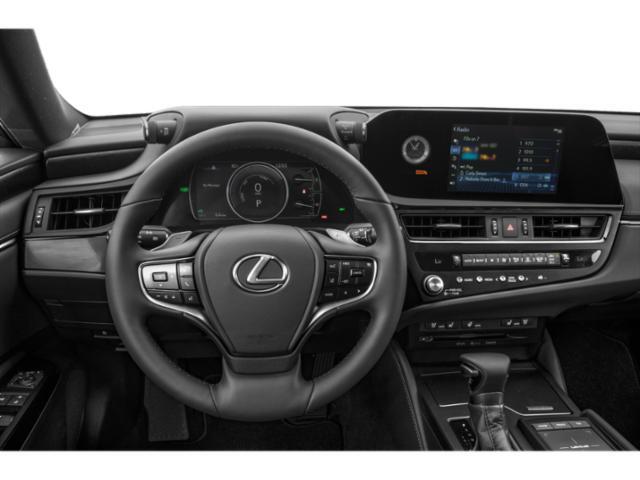
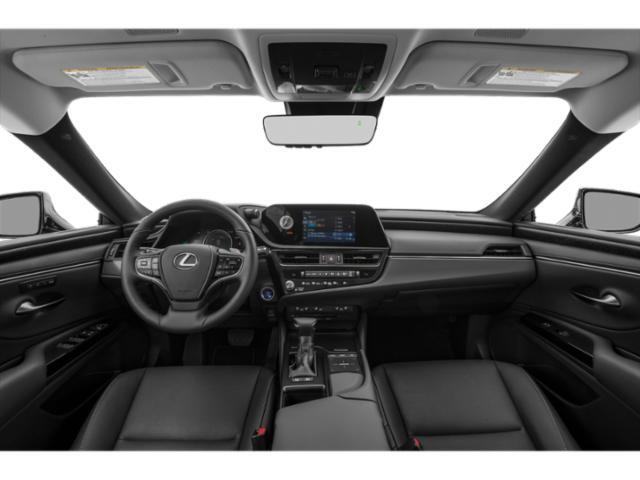
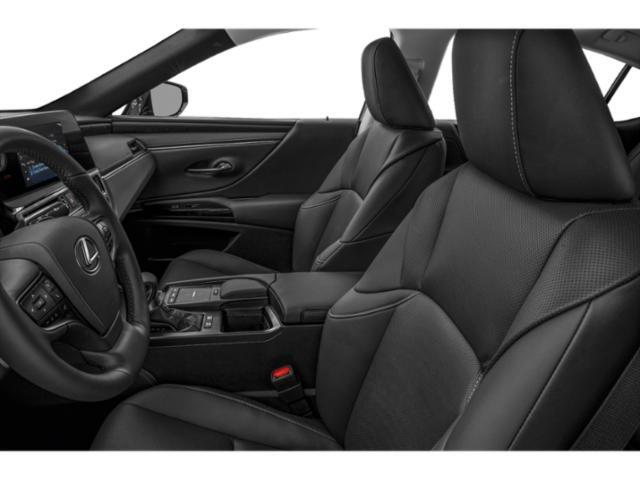
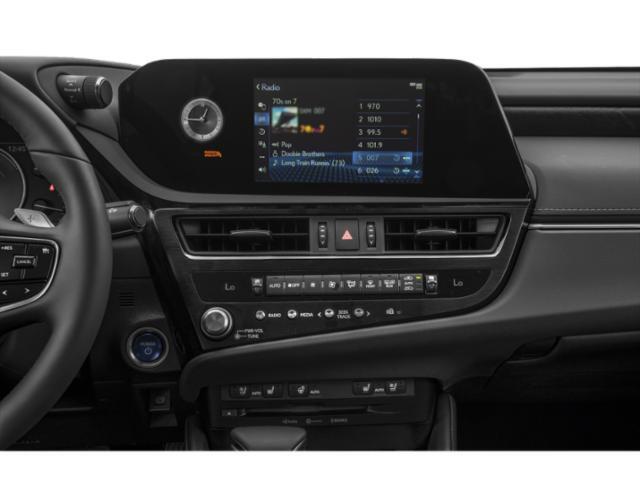
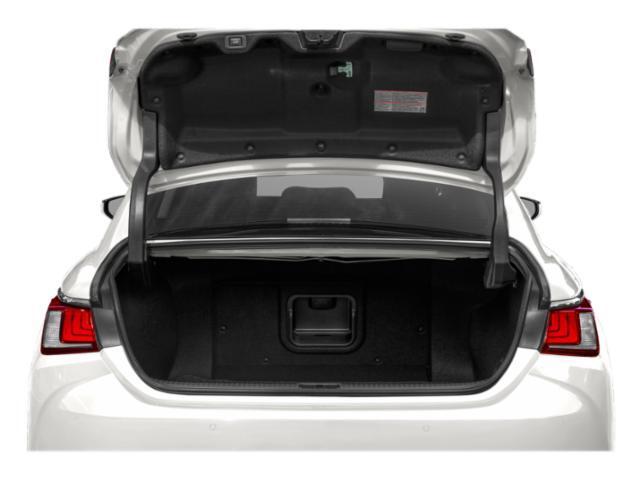
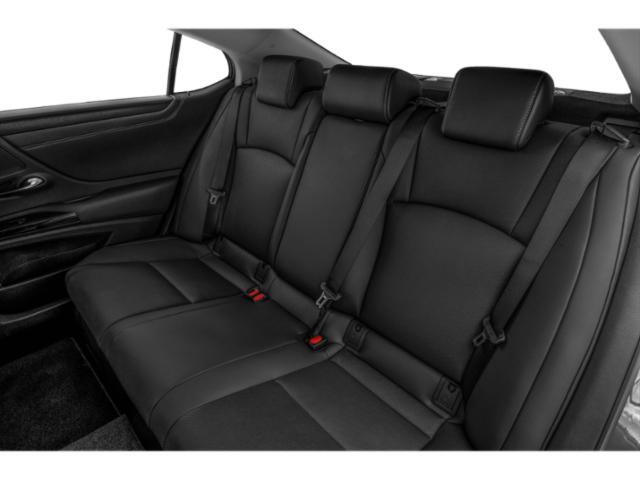
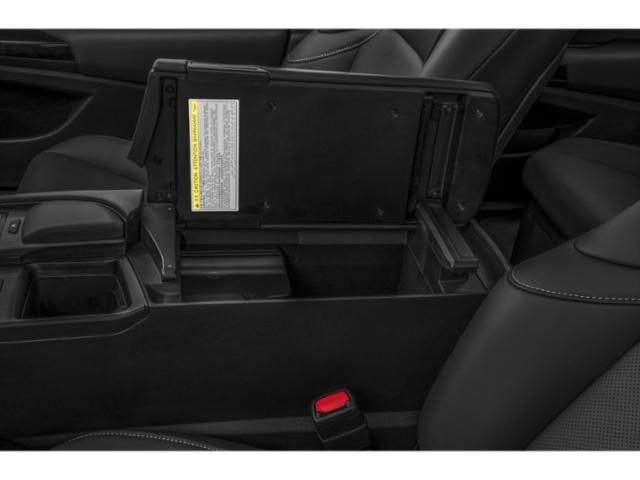
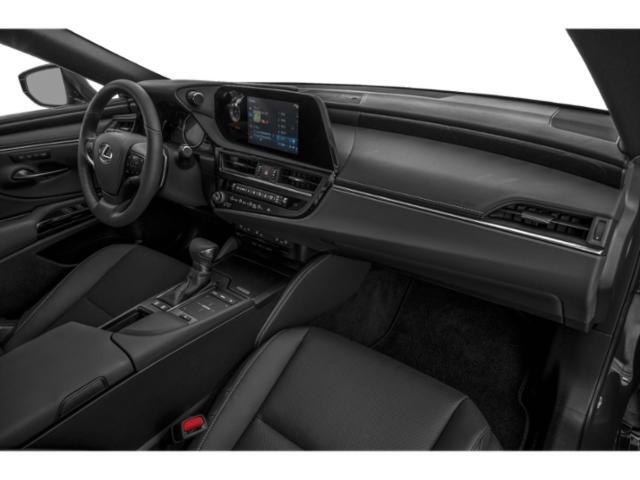





























AutoTrader Review


This vehicle has not yet been reviewed






